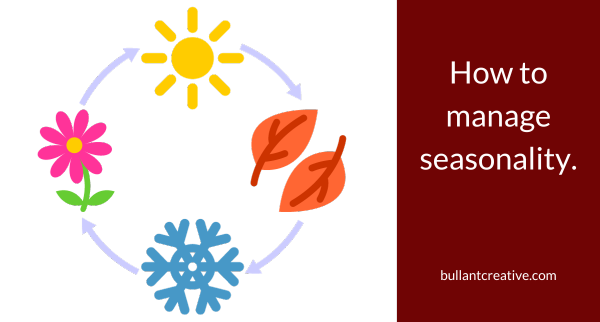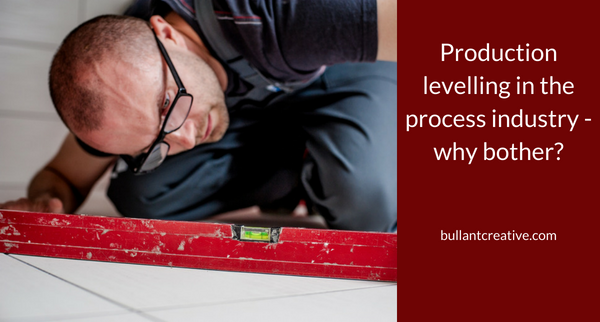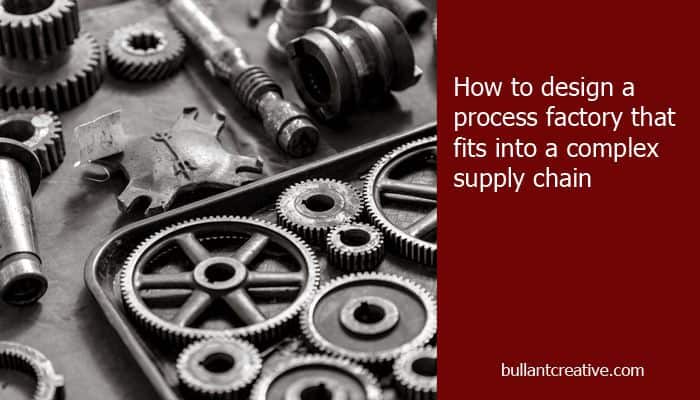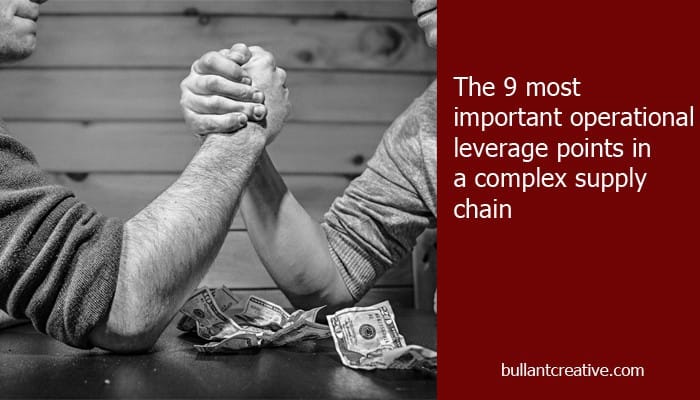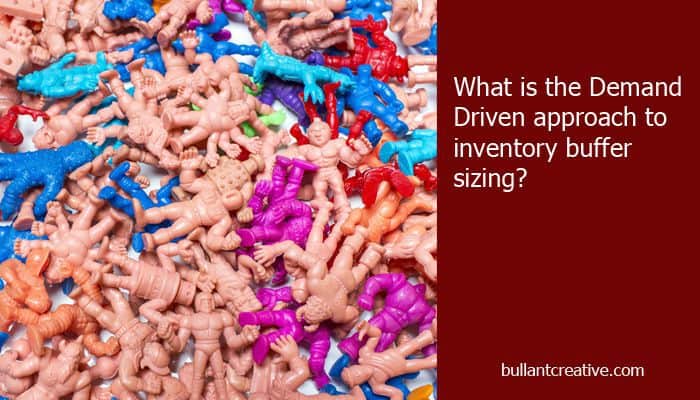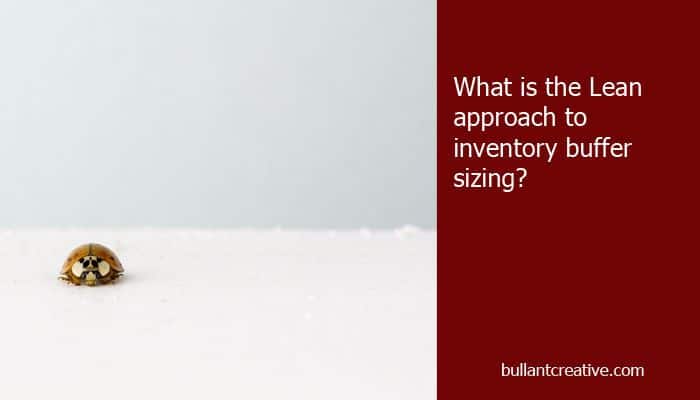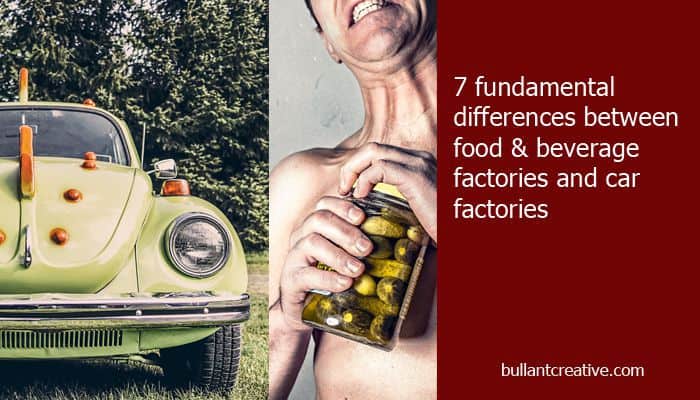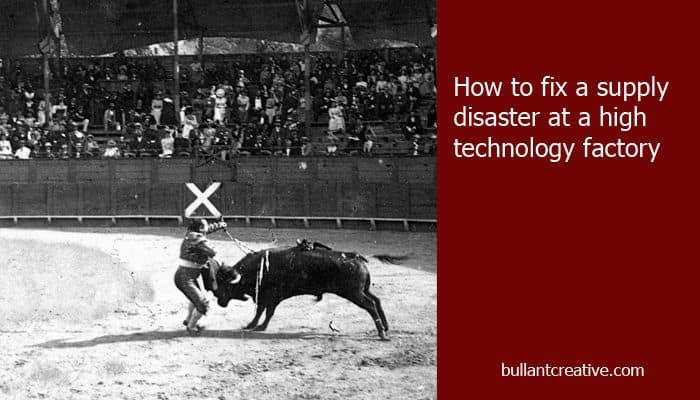Production levelling (or smoothing) is an important part of the Toyota production system. Here we show why production levelling is so important and how it is achieved in the process industry.
How to manage seasonality.
Seasonality presents a significant challenge in the ever-evolving world of Fast Moving Consumer Goods. This cyclical pattern brings predictable yet disruptive fluctuations in demand that can interrupt production lines. With careful planning, you can overcome this challenge and turn seasonal highs and lows into lucrative opportunities. With summer just around the corner, the demand for … Read more

